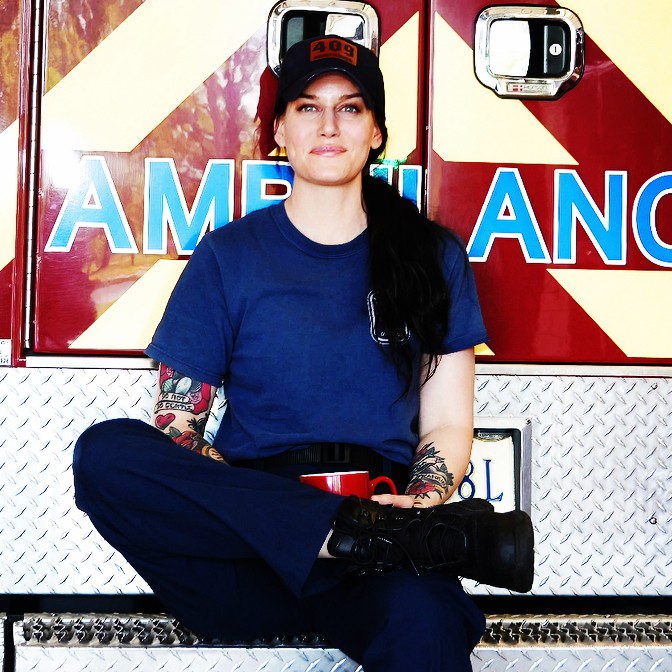By: Robert Avsec, Executive Fire Officer
One of my pleasant surprises in 2023 has been the discovery of a new “voice” in the fire and EMS world, Stephanie White, a firefighter/paramedic with the Fairfax County (Va.) Fire and Rescue Department. So, here’s one of her recent posts on LinkedIn:
I recently listened to a conversation on inclusion and females, and well, I’m really hoping my body can regrow the part of my tongue that I ended up biting through…
As a society we’ve really focused on so many outward trappings of inclusion. The one that always makes me twitch is the view that the use of “fireman” or “guys” ostracizes females. I think that if we’re one day in a place where we can split hairs over gender neutral terms like “guys” then we’re doing really well. That spot. That place. Let’s aim for those level problems one day.
But…we aren’t there in many departments. So many departments have female firefighters that are still nervous to simply have a child safely, or not have a crew go silent when they walk in the room. So why don’t we pull back and try this view of things.
Mentorship = Inclusion. We focus so many conversations on terms terminology – but are we writing the blueprint to teach officers, firefighters, and departments how to mentor their female firefighters? Are we showing the women coming up in our craft that we are fundamentally invested in their success? Are we teaching them how (and why) to carry the torch of cultural issues that have plagued our departments?
I understand that words matter, but ensuring that our firefighters aren’t drowning alone, that they’re getting access to level headed opinions, and that there’s a hand in front of them to help pull them up that ladder. That’s what matters. Let’s never lose sight of that, let’s not get distracted.
Source: Firefighter/Paramedic Stephanie White, December 2023, on LinkedIn
Read Next: Women and minorities in the fire service need champions
So, with Stephanie’s “prompting,” I’ve revised a 2021 post from this space, 7 Articles Relative to The Discussion of Improving Diversity, Equity, and Inclusion in Fire Service Organizations. I highly recommend reading all these articles–especially the ones I didn’t write!–to elevate your own knowledge and understanding of DEI so that you can become better at a personal level.
And then take that knowledge and understanding to the next level and have those conversations within your fire and EMS department to start developing the DEI “blueprint” that Stephanie spoke of.
The journey of a thousand miles begins with the first step.
Author Unknown
 Fire & EMS Leader Pro The job of old firefighters is to teach young firefighters how to become old firefighters!
Fire & EMS Leader Pro The job of old firefighters is to teach young firefighters how to become old firefighters!

